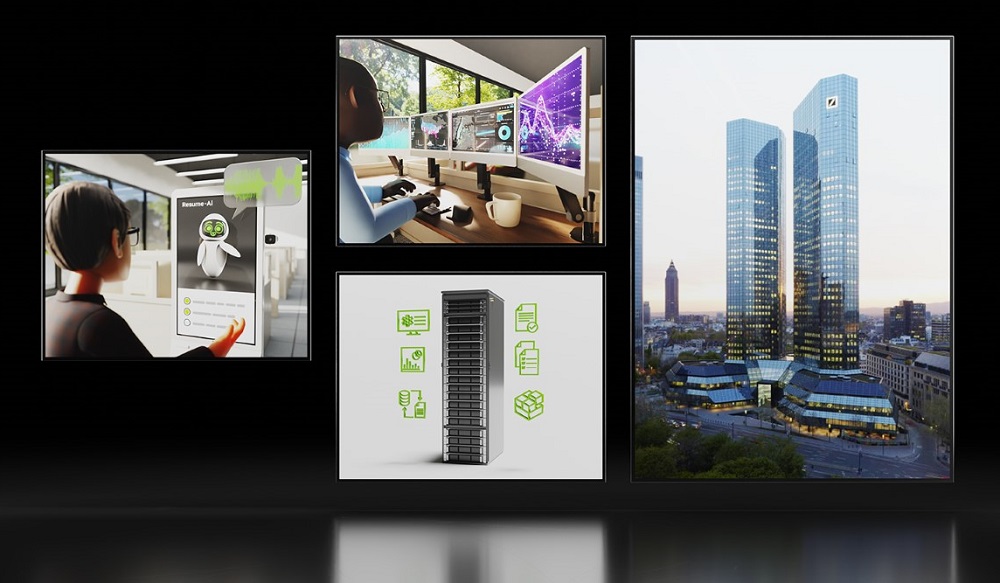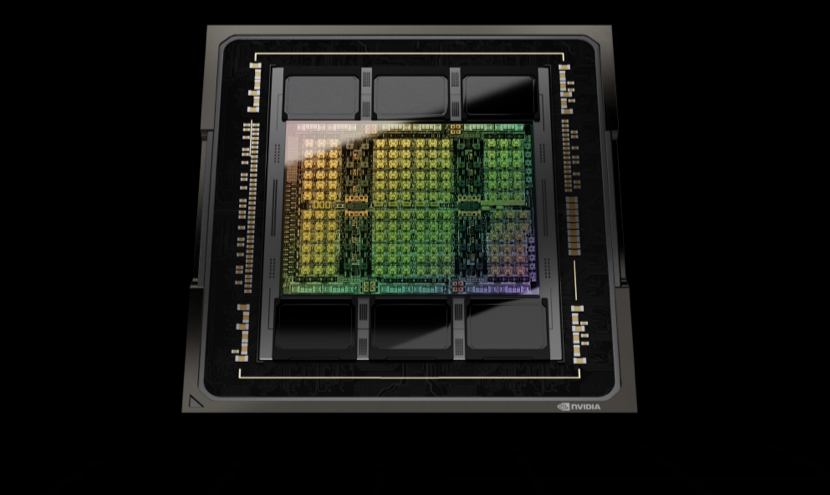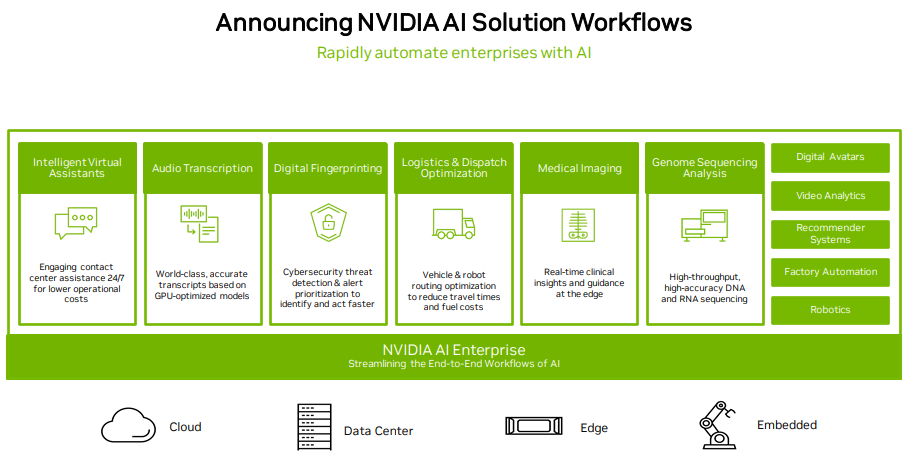Nvidia Sets Sights on Faster AI Next Year with New Software Stack

Nvidia has its 2023 AI aspirations set with a new version of its AI software stack to go along with its Hopper GPUs.
The AI Enterprise 3.0 software marks a change in the way Nvidia approaches its artificial intelligence product stack, with a reliance on partners to explore applications and pretrained models it makes available to customers in vertical industries.
"Our approach has been the sort of full-stack approach where we've advanced the hardware, and we've advanced the software at the same time, and it's the conjunction of designing the hardware and software together that really makes the stack work," said Manuvir Das, vice president for enterprise computing, during a briefing with press and analysts.
The combination of Nvidia's GPUs and AI Enterprise work in conjunction to provide significant acceleration over time.
“We're not just talking about 10x or 100x improvement, we're talking actually about 1,000,000x improvement over a period of time which is really quite mind boggling," Das said.
Das explained the one-million improvement coming over time through a software and hardware co-design approach. Engineers work on optimizing the software stacks – which are released every month – to the hardware.
“The algorithms run much faster as we tune. It is a full stack thing. It is not just the processing power of the GPU. It is the network connectivity and how we send data across the network between GPUs, how we scale across GPUs, how we use the memory associated with the GPUs more intelligently,” Das said.
The new version of the AI software includes new frameworks to support speech, visual recognition, natural language processing, cybersecurity and other applications.
Nvidia's AI models in the AI Enterprise 3.0 are largely proprietary, and will take on training models made available by organizations like OpenAI. OpenAI recently made available its ChatGPT conversational AI model available to generate AI-based answers to questions posed by users.
AI Enterprise includes workflows, which are packages of software and models for use cases that are much closer to the problems that customers are trying to solve, Das said.
One example includes creating a digital twin of a human for security reasons. The AI tools can create a profile of employees based on fingerprints or other behavioral trends.
"If you observe any behavior from that employee that deviates from the fingerprint… then you raise an alarm because there might be an intruder who's impersonating that employee," Das said.
Nvidia has added many new workflows to AI Enterprise 3.0, and also added pre-trained models based on publicly available data.
The company is making unencrypted, pre-trained models available for vision, AI, object recognition applications. Das said that feature is especially important for "explainable AI," which DARPA has described as a type of AI with a high level of prediction accuracy, and which enables human users to understand and trust the results from sources.
"The reason we are providing these unencrypted models is because then a developer can examine what is referred to as the weights and biases inside the model so you can get a better idea of how the model is working, and why it's making the judgments that it made,” Das said.
 The software also adds customer service workflows that includes virtual assistants and audio transcription.
The software also adds customer service workflows that includes virtual assistants and audio transcription.
Nvidia is also enlisting the help of Deutsche Bank to develop workflows for the financial services industry. Those workflows are for fraud detection, speech and other applications used in the highly regulated industry.
“We're working very closely with Deutsche Bank and we keep innovating and adding more frameworks. More SDKs, more pretrained models, more workflows to Nvidia AI Enterprise as well as more places that it can be used and deployed,” Das said.












